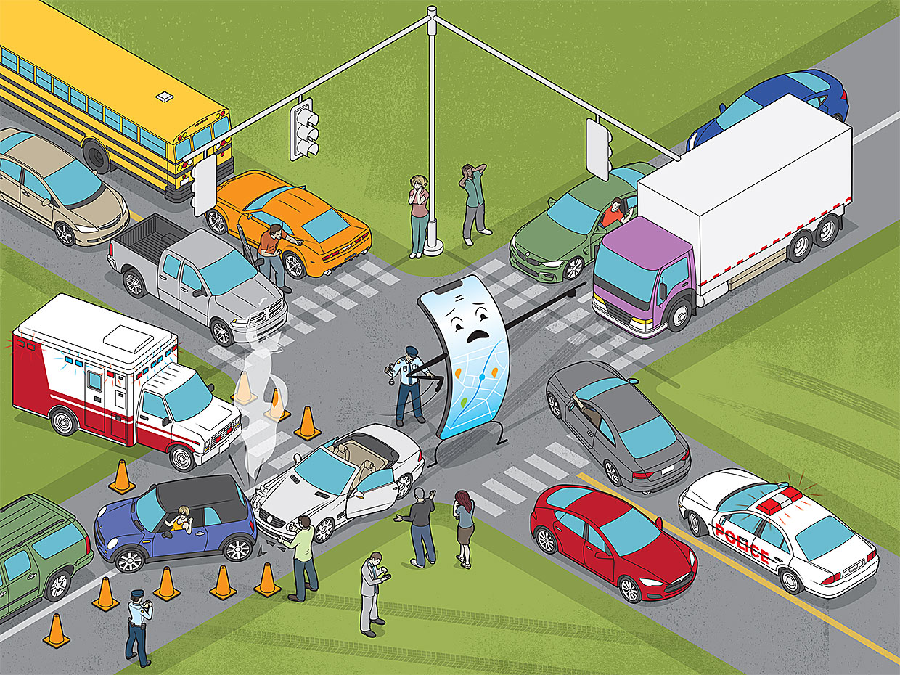Even small roadside projects need a traffic control plan for the safety of drivers and construction workers. There is a method to directing traffic around construction projects that keeps traffic moving as much as it can without placing crews in danger.
Post Warning Signs
The first order of business is to post warning signs well in advance of the expected disruption. Some drivers will immediately pay attention and adjust their speed or change lanes while other drivers take a more “I’ll believe it when I see it” attitude. Because of this second type of driver, there should be several layers of warning signs. The first sign can be general in nature, so posting construction signs Washington is appropriate. As the drivers get closer to the actual project, the signs should become more specific by stating what exactly will be happening up ahead such as a lane closure, detour or trucks exiting.
Create a Transition Area
In a transition area, the changes, often a lane closure, begin to take place. These areas should be well marked by cones, barrels or arrows. Lanes begin to taper or shift. Drivers should slow down and pay attention.
Add a Buffer Zone
The buffer zone is essential for assuring the safety of the workers and equipment. This area is the last-ditch effort to stop a distracted driver before he causes damage or injury. The buffer zone should have neither people nor construction equipment in it. The number of feet for your buffer area is dependent on how fast the traffic is. For example, cars going 30 mph only need about 200 feet of buffer space, but cars going 60 mph need almost 600 feet.
Signal the End
It’s good form to let drivers know when they can resume their normal speed. Be sure to include a shorter taper area to signal to cars that they can go on their way with regular caution.
Keeping construction crews, equipment and drivers safe is an essential part of any roadwork project. Utilizing a traffic control plan is an integral step in the safety process.

